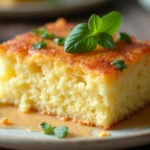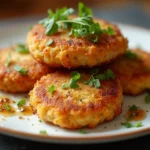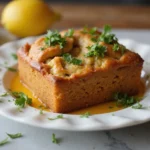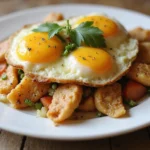Egg Stuffed Bread is a delightful breakfast option that beautifully marries the comforting flavors of bread and eggs.
This dish is not only filling but also offers a savory experience with each bite, making it a beloved choice for many.
I first encountered this recipe at a quaint café during a family trip, where the aroma was simply irresistible.
Perfect for brunch gatherings or a hearty family breakfast, this dish promises to start your day on a delicious note.
The History and Cultural Significance
• Egg Stuffed Bread Breakfast Recipes Delicious & Filling traces its origins to Eastern European kitchens, where it was originally created as a way to use stale bread.
• The dish evolved over decades as various cultures adapted it to their local ingredients and tastes, eventually becoming a popular breakfast staple.
• In many cultures, this dish traditionally appears at family gatherings and festive occasions, symbolizing togetherness and comfort.
• While many variations exist across different regions, the authentic version maintains a soft bread exterior that perfectly encases the creamy egg filling.
Recipe Overview
Nutritional Information (per serving)
Ingredients
Essential Equipment Guide
Non-Stick Skillet: This tool is essential for achieving a beautifully browned exterior without sticking. Look for a skillet with a thick bottom for even heating and easy flipping of the stuffed bread.
Mixing Bowl: A good mixing bowl is crucial for thoroughly combining your egg mixture. Choose a bowl that is deep enough to prevent spills and easy to handle.
Spatula: A flexible spatula is important for gently flipping the egg stuffed bread without breaking it. Opt for a silicone spatula that can withstand high temperatures.
Preparation Methods
Whisking Eggs: Properly whisking the eggs until they are uniform in color and texture is crucial for a smooth filling. Make sure to incorporate air for fluffiness, which will enhance the final texture of the dish.
Shaping the Bread: To create the perfect pocket for your filling, gently flatten the bread slices without tearing them. This technique ensures that the filling stays intact while cooking and allows for even cooking.
Frying Technique: Cooking the stuffed bread in a hot skillet ensures a crispy exterior while keeping the inside soft. Pay attention to the heat level; too high can burn the bread, while too low can make it soggy.
Step 1: Prepare Ingredients
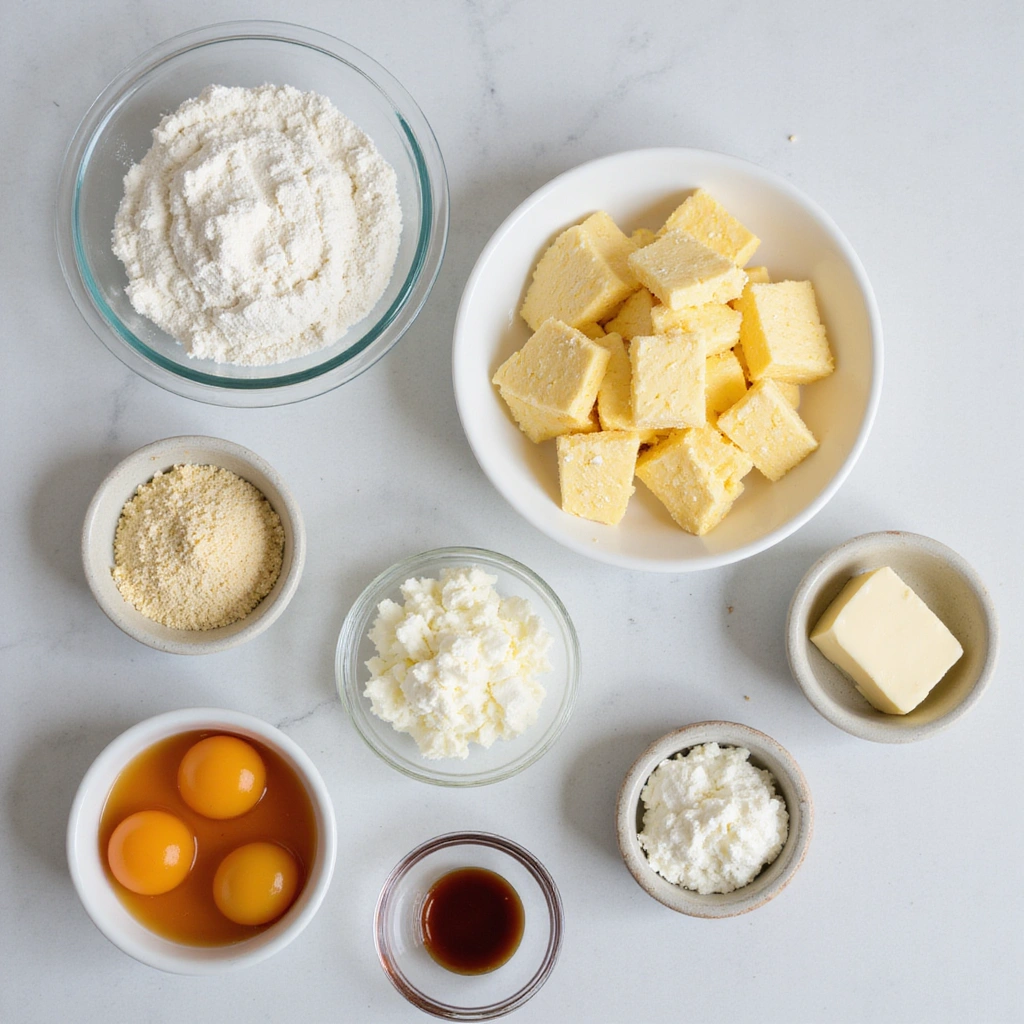
Gather all ingredients needed for the recipe.
Ensure the eggs are at room temperature for better mixing.
Measure out the flour and other components accurately.
This will streamline the cooking process and prevent any last-minute rush.
Step 2: Whisk the Eggs

In a mixing bowl, crack the eggs and add a pinch of salt.
Use a whisk to beat the eggs until they are fully combined and slightly frothy.
This incorporates air into the mixture, resulting in a fluffier filling.
Set the beaten eggs aside while you prepare the bread.
Step 3: Shape the Bread
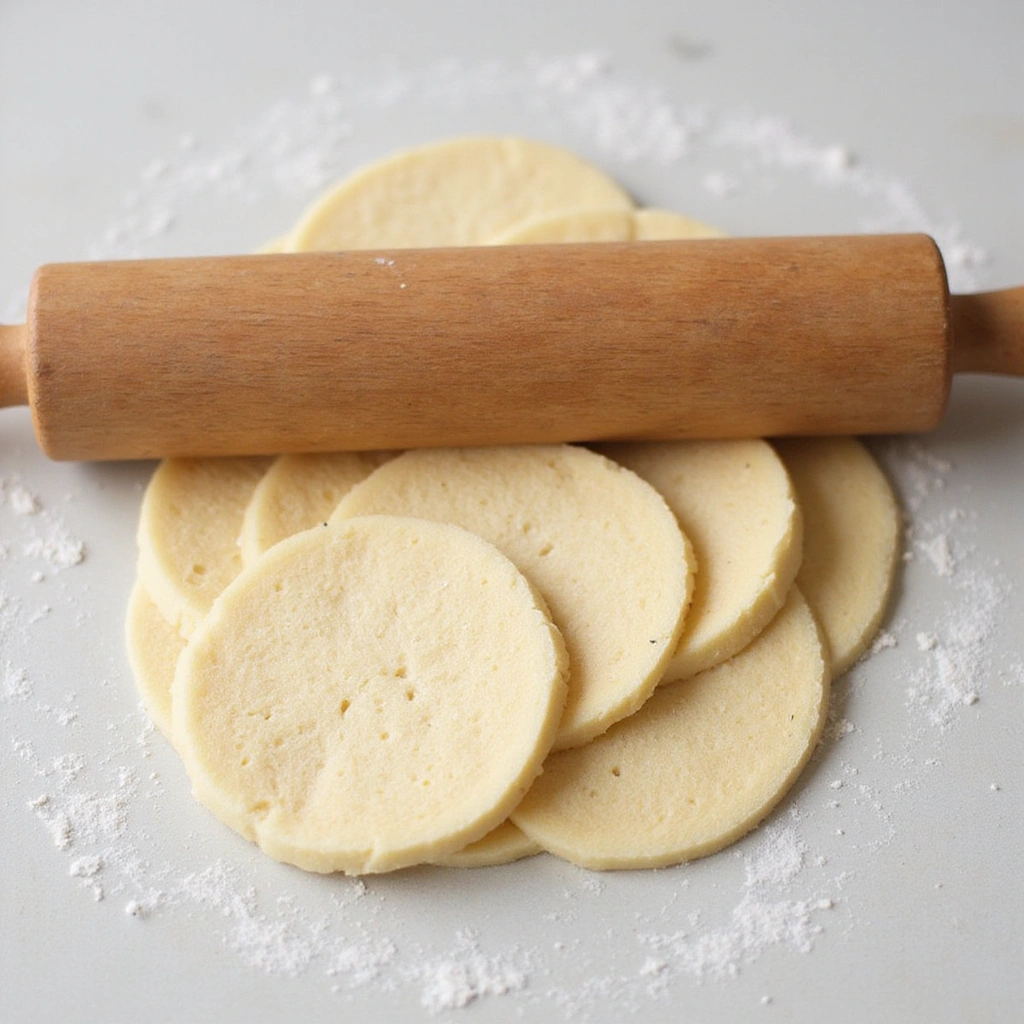
Take each slice of bread and gently flatten it using a rolling pin.
Aim for a thickness of about 1/4 inch for optimal filling capacity.
Be careful not to tear the bread while rolling.
This will create a nice pocket for the egg mixture to fit into.
Step 4: Fill the Bread
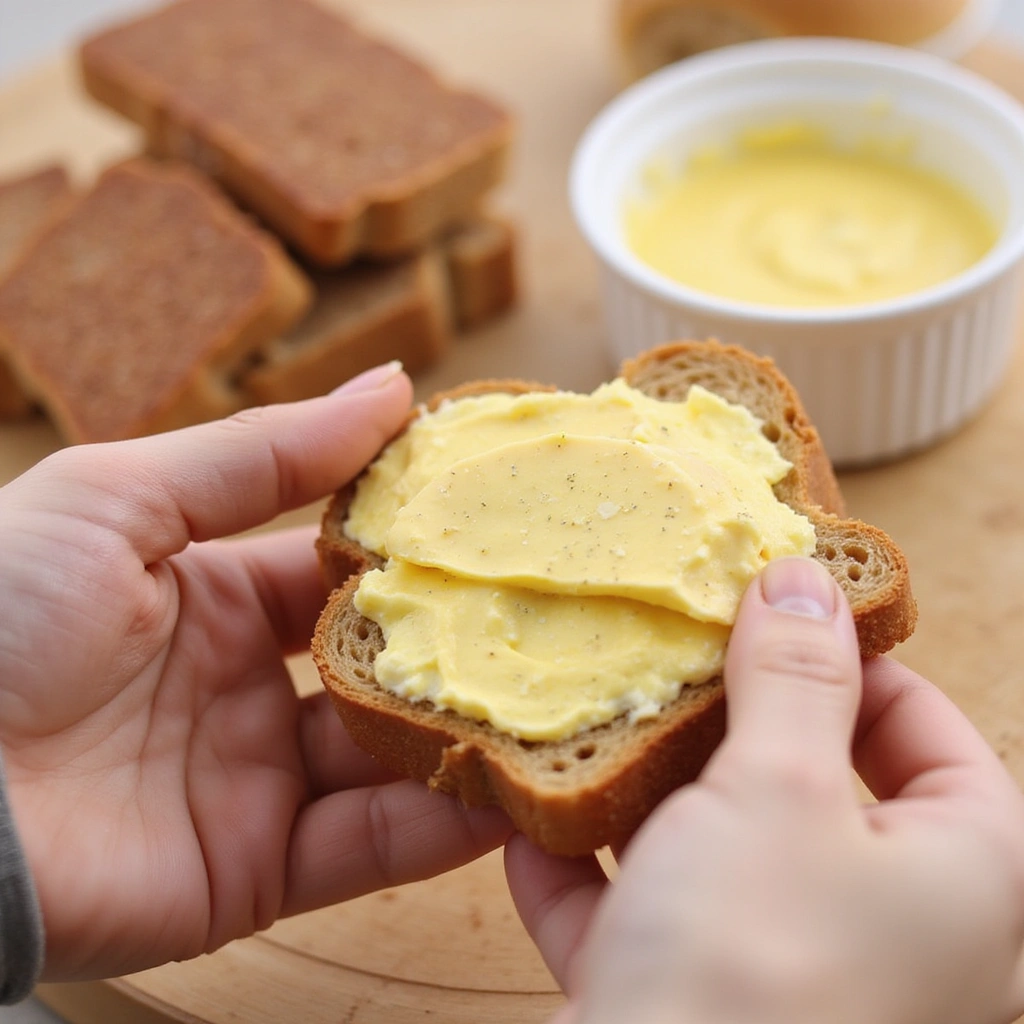
Spoon a portion of the egg mixture onto the center of each flattened bread slice.
Be generous but avoid overfilling to prevent spills during cooking.
Carefully fold the bread over to enclose the filling, pinching the edges to seal.
This ensures that the egg stays inside while being cooked.
Step 5: Heat the Skillet
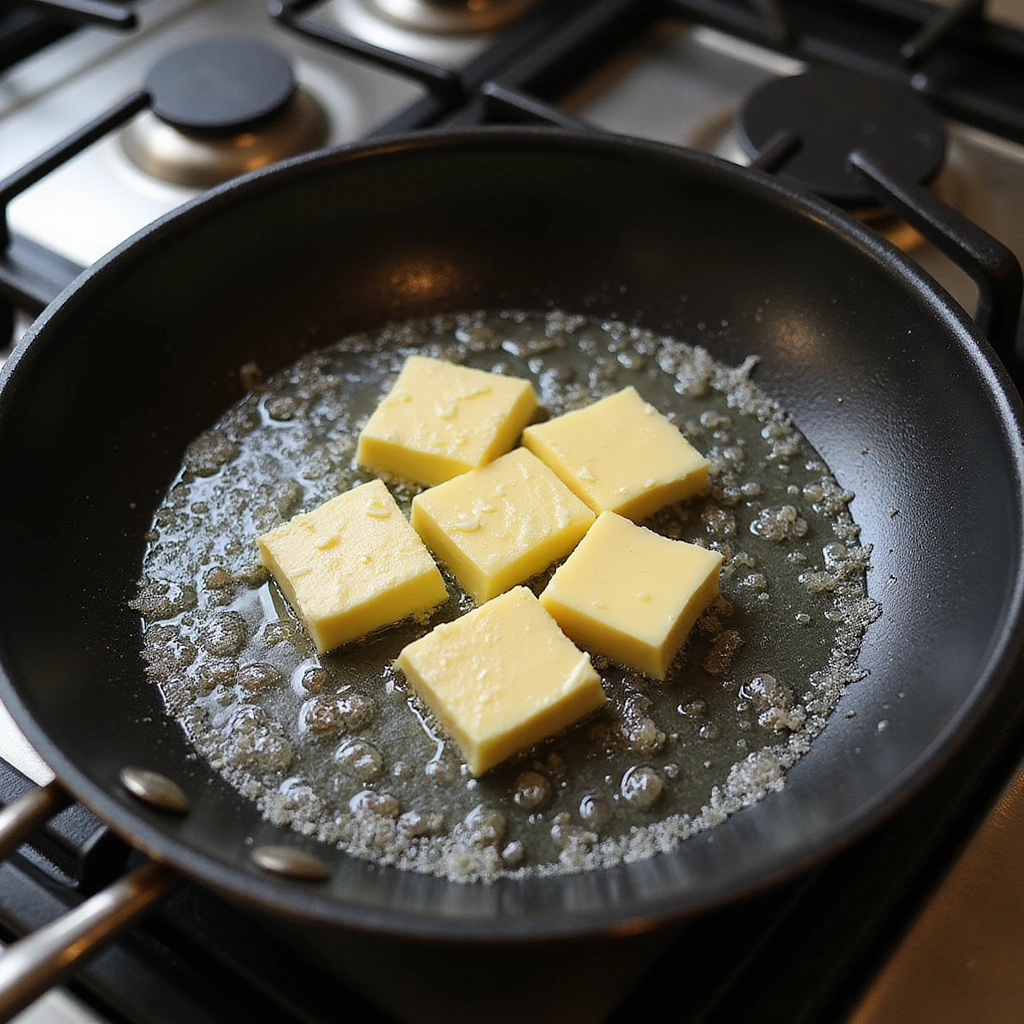
Place a non-stick skillet over medium heat and add butter.
Allow the butter to melt and bubble but not brown.
This helps create a non-stick surface for frying the stuffed bread.
Ensure the skillet is hot enough before adding the bread to achieve a golden crust.
Step 6: Fry the Stuffed Bread
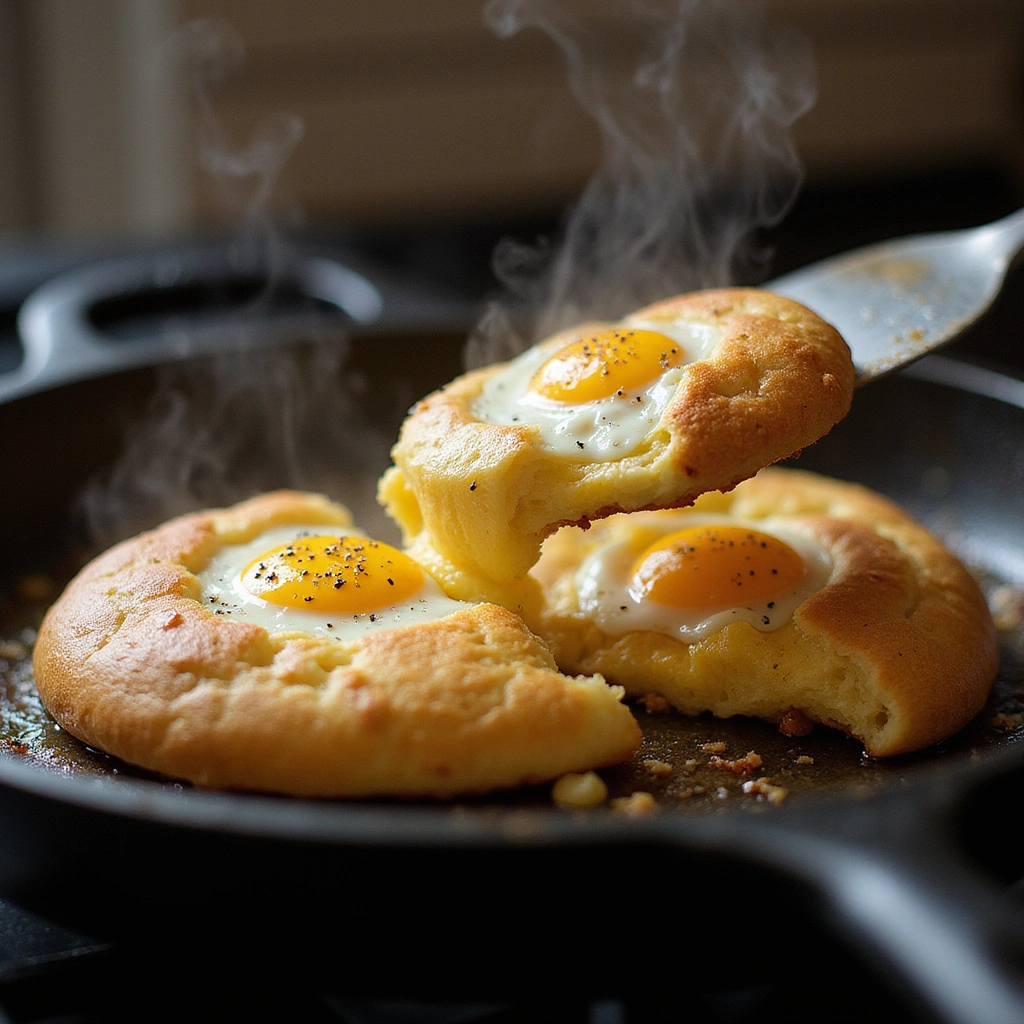
Carefully place the stuffed bread in the skillet, seam side down.
Cook for about 3-4 minutes or until golden brown.
Flip the bread gently using a spatula to cook the other side.
This will ensure that both sides are evenly cooked and crisp.
Step 7: Monitor Cooking
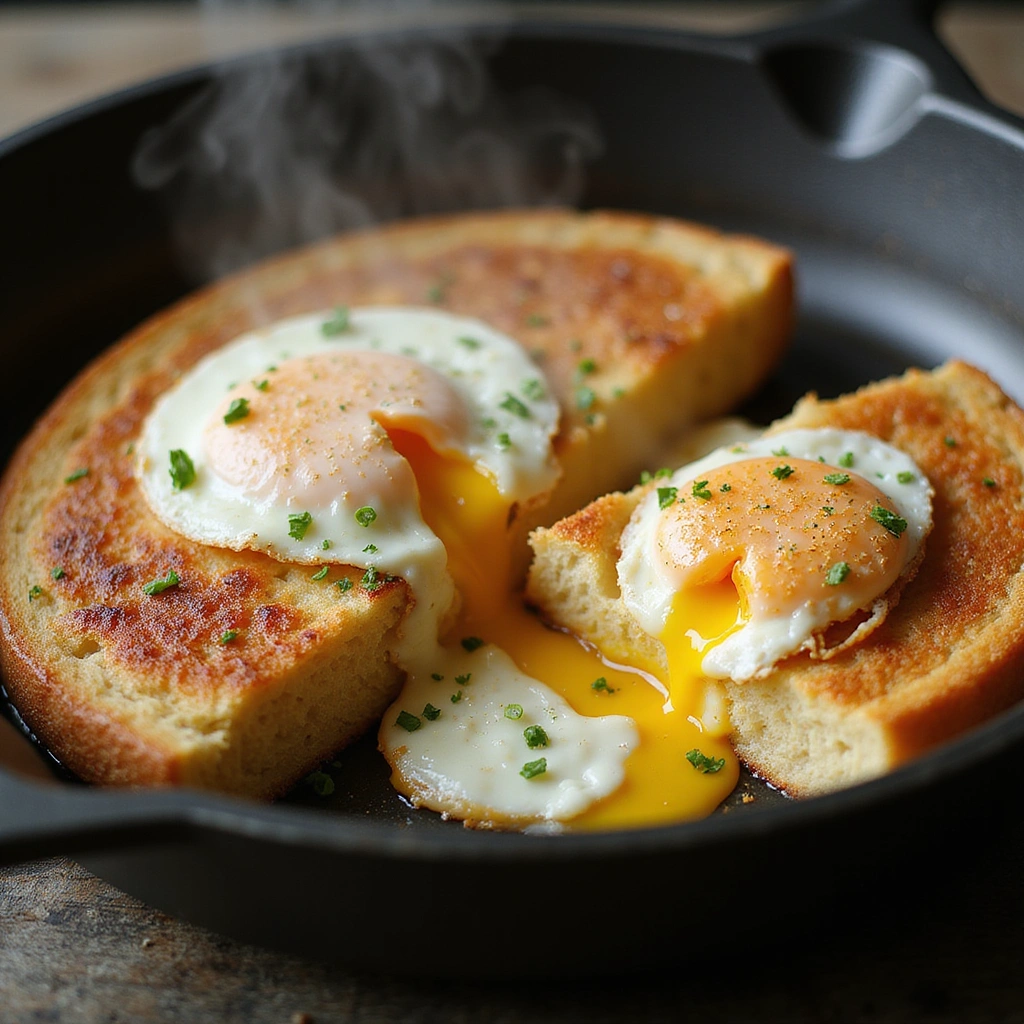
Keep an eye on the bread as it cooks to avoid burning.
Adjust the heat if necessary to maintain a consistent golden color.
You want the bread to be crispy and the filling to be fully cooked.
This balance is key to achieving the perfect texture.
Step 8: Serve and Garnish
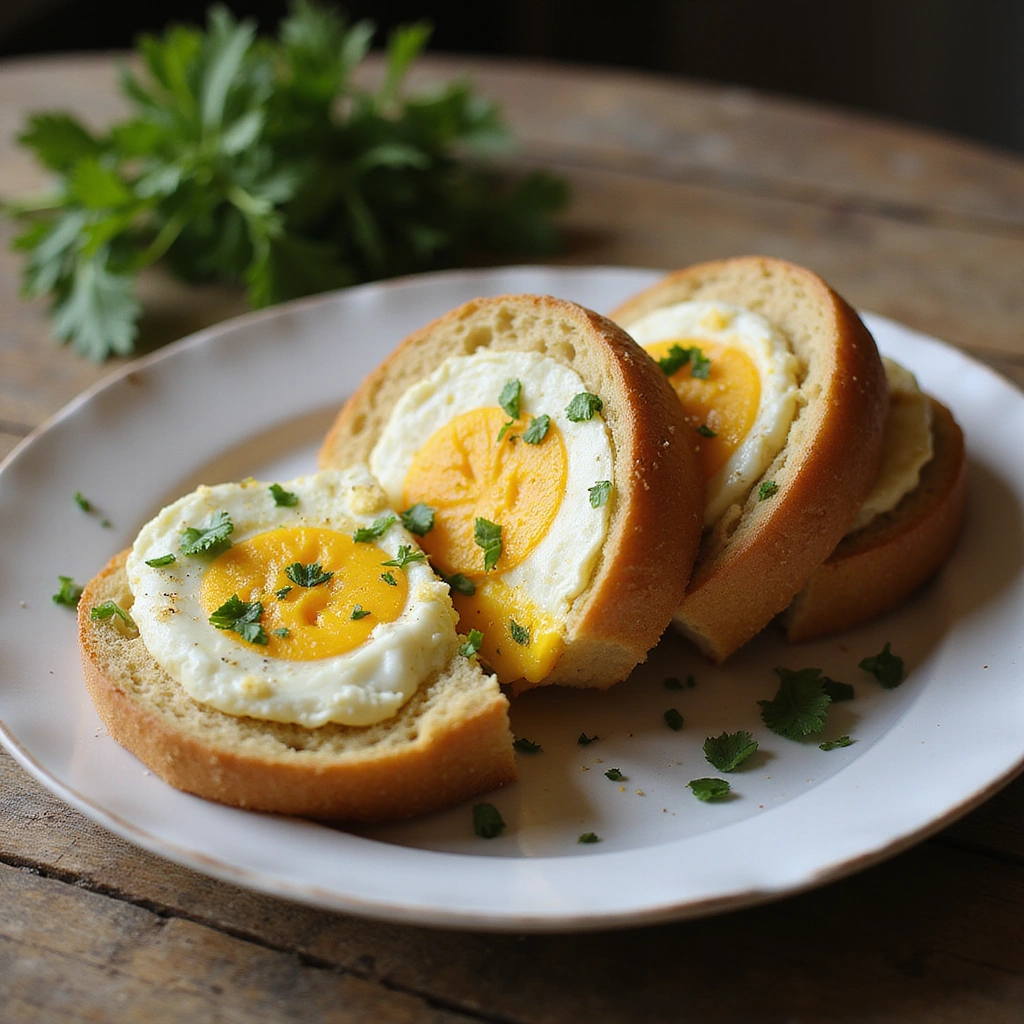
Once cooked, remove the bread from the skillet and let it cool for a minute.
Slice each piece in half to reveal the delicious filling.
Garnish with fresh herbs for added flavor and presentation.
Serve immediately while warm for the best experience.
Critical Timing and Temperature Guide
Frying the Bread: Cook each side for 3-4 minutes over medium heat until golden brown. Look for a consistent color and listen for a satisfying sizzle. Avoid high heat to prevent burning.
Egg Cooking Time: The egg filling should be cooked through by the time the bread is golden. If the bread is ready and the filling is not, cover the skillet to trap heat and cook the eggs through.
Cooling Period: Allow the stuffed bread to cool for 1-2 minutes before serving. This helps set the filling and makes it easier to handle.
Pro Tips for Egg Stuffed Bread Breakfast Recipes Delicious & Filling
• Ingredient Selection: Opt for fresh eggs and high-quality cheese to enhance the richness and flavor of the filling.
• Preparation Secret: Allow the bread to sit after shaping to help it hold its form better during frying.
• Temperature Management: Ensure your ingredients are at room temperature for even cooking and a better texture.
• Texture Enhancement: Consider adding a splash of milk or cream to the eggs for a creamier filling.
• Flavor Layering: Incorporate spices or herbs into the egg mixture to elevate the flavor profile.
• Make-Ahead Strategies: Prepare the filling a day in advance and store it in the fridge for a quick breakfast.
• Restaurant-Quality Finishing Touches: Drizzle with a touch of truffle oil or sprinkle with microgreens before serving for a gourmet touch.
• Equipment Optimization: Use a heavy-bottomed skillet for even heat distribution, which helps prevent burning.
Troubleshooting Common Issues
• Filling Leaking: This can happen if the bread isn’t sealed properly. Make sure to pinch the edges tightly and avoid overfilling.
• Bread Too Soggy: If the bread becomes soggy, ensure that you’re frying at the right temperature and not using too much filling.
• Uneven Cooking: Check your skillet’s heat distribution and adjust accordingly. A heavy skillet helps maintain an even temperature.
• Eggs Not Cooked Through: If the bread is golden but the eggs are runny, cover the skillet to trap heat and finish cooking the eggs without burning the bread.
• Texture Too Dense: This may occur if the bread is too thick; ensure you flatten it adequately before filling.
Variations and Regional Differences
• French Toast Variation: In this twist, the bread is dipped in a custard mixture before frying, adding sweetness and richness.
• Mexican Chilaquiles Style: Incorporate spicy salsa or jalapeños into the egg mixture for a fiery kick.
• Italian Frittata Style: Use Italian seasonings and add vegetables like spinach and bell peppers for a hearty version.
• Modern Interpretations: Consider gluten-free bread or plant-based egg substitutes for a contemporary take on this classic recipe.
Food Science Behind the Recipe
• Maillard Reaction: This chemical reaction between amino acids and sugars gives the bread its golden-brown color and complex flavor when frying. Understanding this can help you achieve the perfect crust.
• Emulsification: When whisking the eggs, you create an emulsion that incorporates air and binds fats, resulting in a creamy filling. This is key for achieving the right texture.
• Starch Gelatinization: During cooking, the starches in the bread absorb moisture and swell, creating a tender interior. Knowing how to control cooking times ensures the right texture.
Frequently Asked Questions
What’s the most common mistake people make when preparing Egg Stuffed Bread? The top mistake is not sealing the bread properly, which can lead to leaking filling during cooking.
Can I prepare components of this dish in advance? Yes, you can prepare the egg filling a day ahead and store it in the fridge to save time in the morning.
How do I adapt this recipe for dietary restrictions? For gluten-free versions, use gluten-free bread; for dairy-free, substitute cheese with a vegan alternative.
What’s the best way to store and reheat leftovers? Store leftovers in an airtight container in the fridge for up to 3 days; reheat in a skillet to maintain crispiness.
Can I freeze this dish? Yes, freeze the cooked stuffed bread, layered with parchment paper, for up to 2 months; thaw in the fridge before reheating.
What wine or beverages pair best with this dish? A light white wine, like Sauvignon Blanc, complements the flavors well, or serve with fresh orange juice for a refreshing breakfast.
How can I scale this recipe up for a crowd? Simply multiply the ingredients accordingly, but ensure your cooking surface can accommodate the increased number of stuffed breads.
What side dishes complement this recipe best? Fresh fruit salad or a light green salad works well to balance the richness of the stuffed bread.
How do professional chefs elevate this dish for restaurant service? Chefs often add unique toppings or sauces, like hollandaise or pesto, to enhance the dish’s presentation and flavor.
Serving and Presentation Guide
• Traditional Presentation: Serve egg stuffed bread cut in half on a rustic wooden board, garnished with fresh herbs and a small bowl of dipping sauce.
• Modern Plating Ideas: Present on a sleek white plate, drizzled with a balsamic reduction for a contemporary touch.
• Accompaniment Suggestions: Pair with a simple salad or roasted vegetables to complement the dish.
• Special Occasion Presentation: For festive gatherings, serve on tiered platters with elegant garnishes like edible flowers or microgreens.
Conclusion
Egg Stuffed Bread is a versatile and satisfying breakfast that your family and friends will love.
With this detailed recipe, you can enjoy a delicious homemade version at any time.
I encourage you to try making it and share your own variations and experiences!


